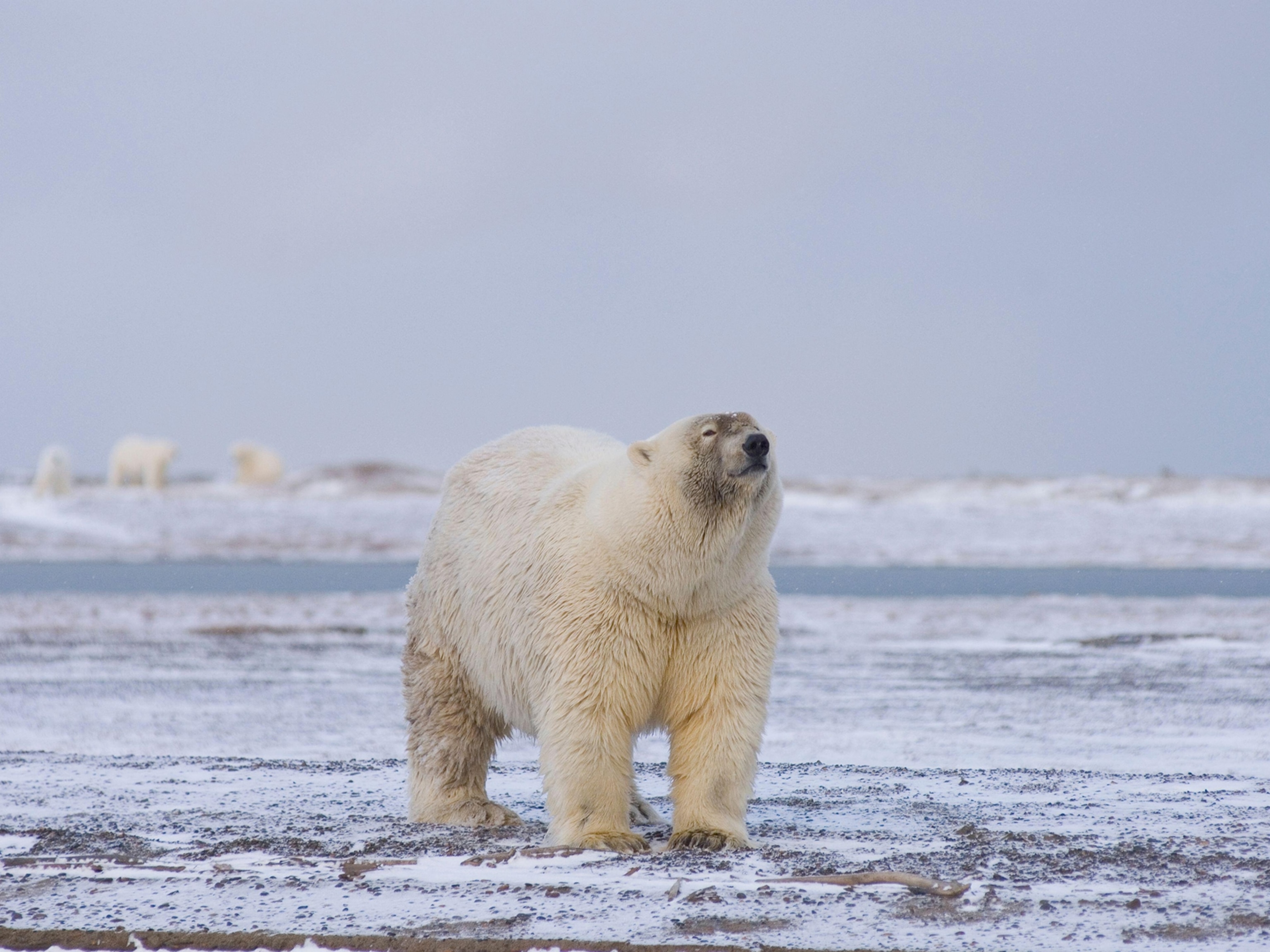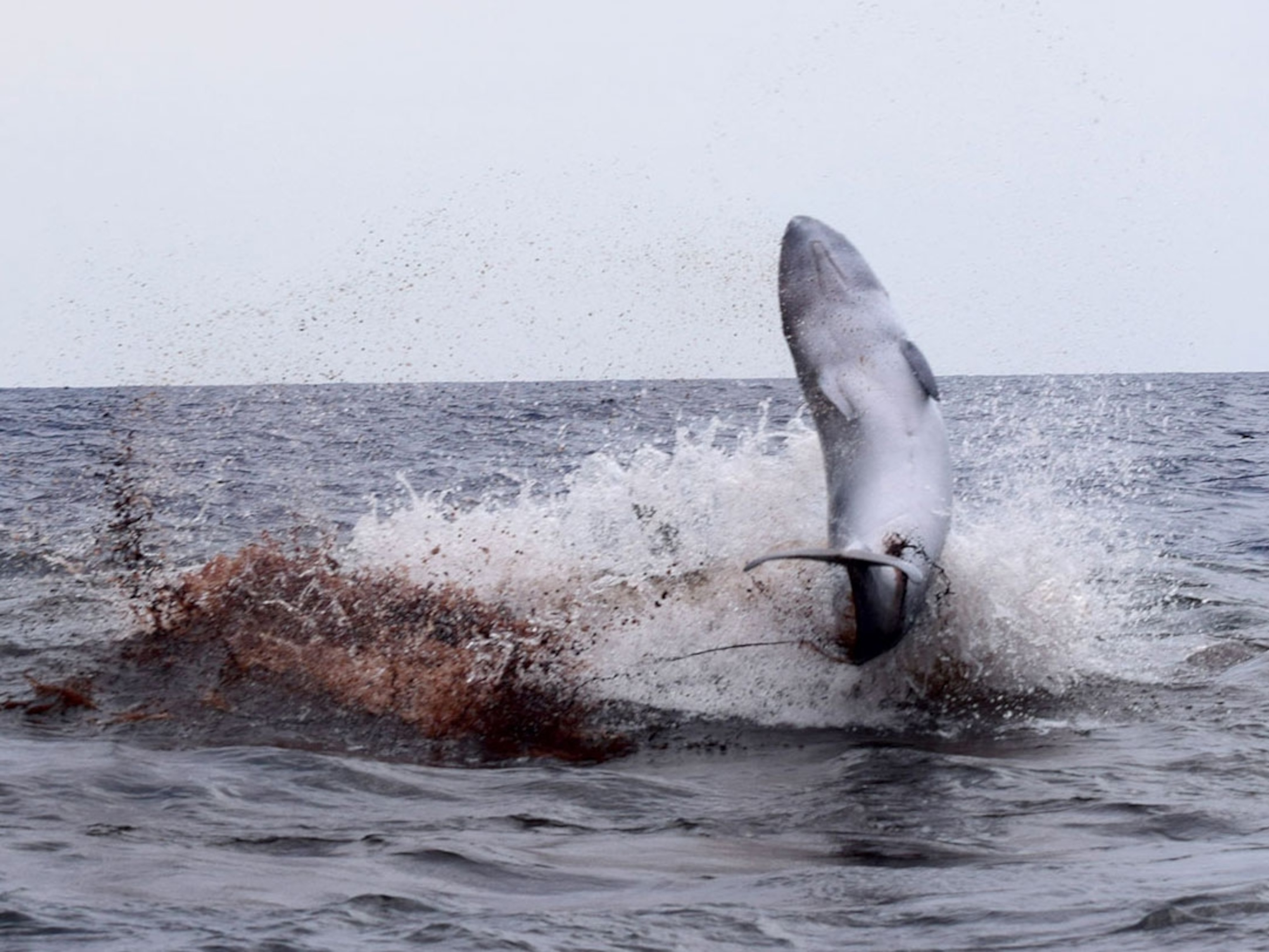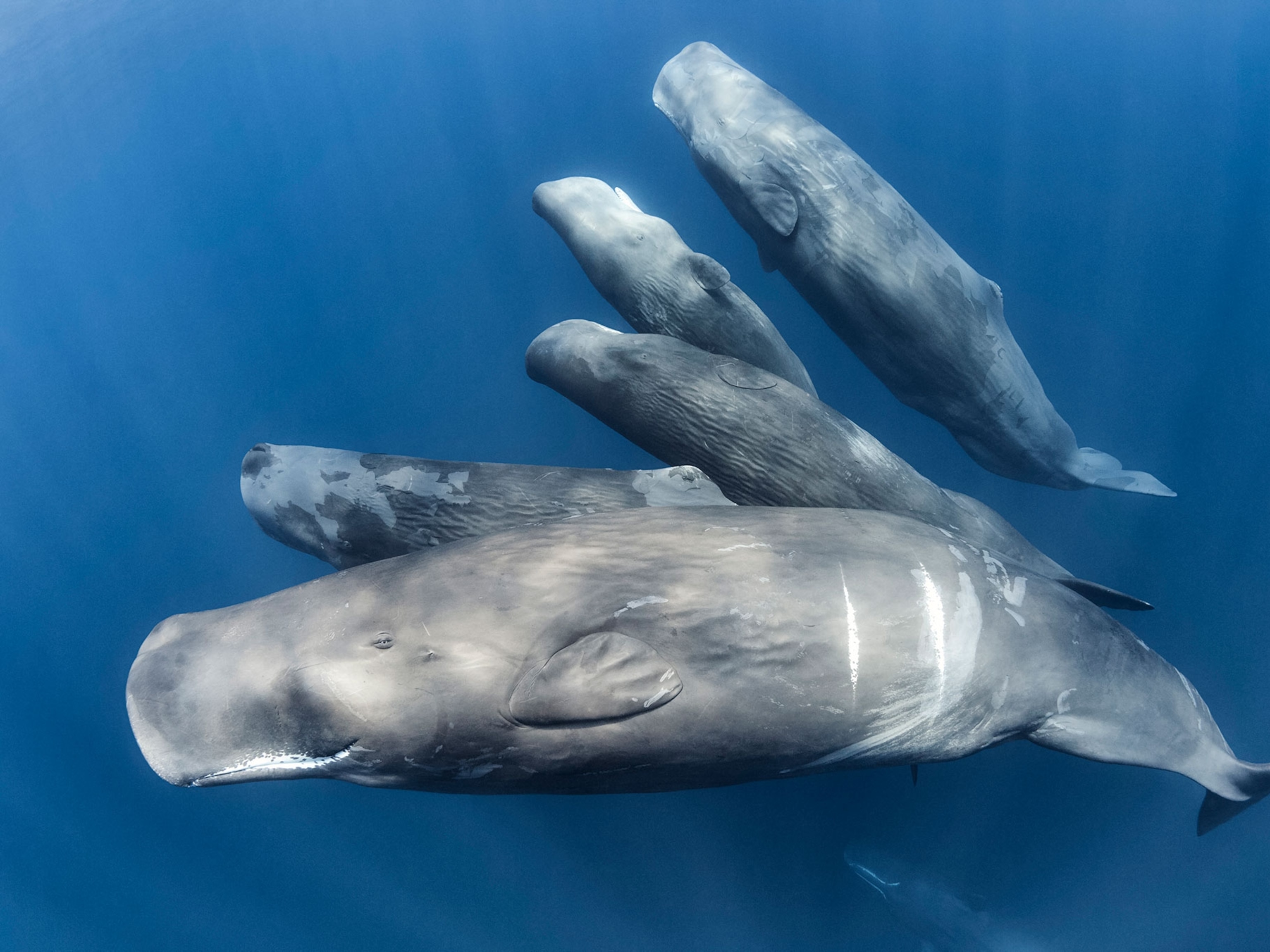
"Talking" Whale Could Imitate Human Voice
Captive beluga whale learned to mimic people—a first, study says.
Birds aren't the only animals that impersonate people—a beluga whale learned how to mimic the human voice, a new study suggests.
The "talking whale" was NOC, a captive whale that lived for 30 years at the National Marine Mammal Foundation in San Diego, California, until his death in 1999.
Researchers first noticed something peculiar back in 1984, when they heard people talking around NOC's enclosure when no one else was nearby.
Hear NOC the Beluga Whale "Talk"
"You could hear there was a conversation, but you couldn't make out what they were saying," said study co-author Sam Ridgway of the U.S. Navy Marine Mammal Program in San Diego.
The source of the chattering was later confirmed when a human diver thought someone had told him to get out of the whale's tank—it turned out to be NOC, repeating a sound like the word "out."
"This was very rare, and a first for me," said Ridgway.
Beluga Whale Lowers Voice to Sound Human
In the 1980s, Ridgway and his team recorded NOC's speechlike utterances and found the rhythm and frequencies approximated those of the human voice.
"The speechlike sounds were several octaves lower in frequency than the whale's usual sounds," said Ridgway, whose findings are only now being released, in the journal Current Biology.
After four years in the late 1980s, NOC stopped making human voicelike noises—possibly because he had reached sexual maturity, Ridgway suspects.
Marine biologist Peter Tyack, of the University of St. Andrews in Scotland, agreed that NOC appeared to adopt the intonation patterns of people talking.
According to Tyack, who was not involved in the study, the research is important because it shows how an animal can produce "completely new sounds in its repertoire just by listening."
Tyack thinks that NOC's imitations were less accurate than those of Hoover, a harbor seal raised by a human family in Maine in the 1970s, which, at the age of five, began mimicking human words.
"You could even hear that he had a Maine accent," said Tyack who knew Hoover well.
Marine Mammals Good Imitators
Why a marine mammal would imitate human voices is unclear, though the creatures' human-mimicking speech may be a side effect of their ability to imitate each other, Tyack suggested. For instance, dolphins sometimes copy each other's signature whistles, and humpback whales learn songs from each other.
It's unlikely, he added, that NOC or Hoover understood the sounds they made.
"The only strong evidence for [understanding words] in any imitating animal was Alex, the African gray parrot," said Tyack.
By training NOC to accept a small device into his nasal passages—the whale equivalent of the human windpipe—Ridgway and his team discovered that the beluga whale made these unusual sounds by inflating air sacs to a much higher pressure than during normal vocalizations.
This explained why NOC's head visibly bulged when he "talked."
"The human voice," Ridgway said, "appears to be very difficult for a cetacean to mimic."





